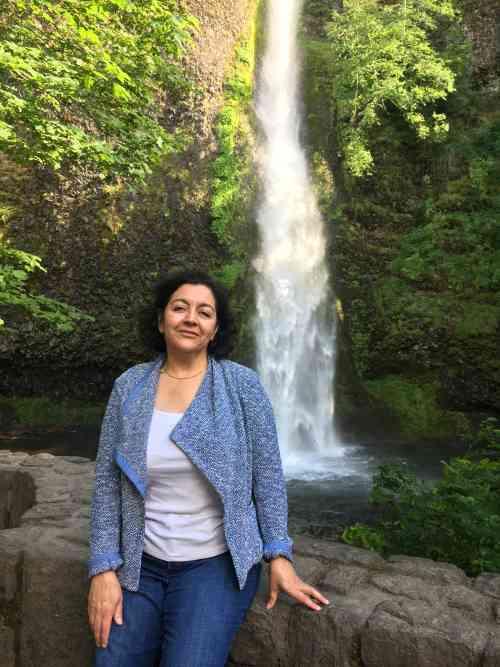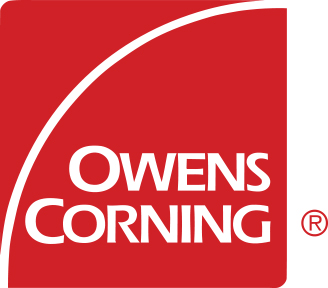Designing a More Sustainable Future, Together
by Nassreen Olang, Product Stewardship leader

Our actions matter. If you have seen the images of major cities before and during the COVID-19 pandemic, you have probably noticed that the sudden decrease in human activity -- fewer cars on the road, production slow-downs at factories – cleared the air in cities. These pictures offer one illustration of the impact we have and remind us to be responsible stewards of our natural world.
To stop “living beyond our means,” we need to go back to the drawing board and reimagine what is possible. We urgently need to find ways to move from a linear economy model, which is based on the principle of “take, make, and waste,” to a circular economy model that follows the regenerative principle of nature, eliminates waste, and keeps resources in use indefinitely. It seems that following a circular model is a great way to overcome the shortcoming of a linear model; overconsumption of resources and overproduction of waste are simultaneously using up and filling up our planet. In fact, it is Owens Corning’s circular economy aspiration that “Every raw material or resource, extracted for our products/processes, remains in the economy indefinitely.”
Owens Corning’s product portfolio responds to some of the biggest environmental challenges facing the world. Sustainable opportunities to impact the world are all around us, from improving energy efficiency of buildings to enabling production of longer, stronger wind-blades to make wind energy more affordable. In my role as R&D leader for Product Stewardship at Owens Corning, I have the privilege of collaborating every day with super-talented people who are working hard to make the world a better place. Product Stewardship brings people with a variety of expertise from across the company together to review all new and significantly modified products to make sure they are safe and environmentally safe to make, use, and dispose of and they perform as claimed, before they are offered to the world. I believe a strong collaboration between Product Stewardship and Innovation can positively influence the environmental impacts of our products as it’s estimated that up to 80% of a product’s environmental impacts are determined at the design phase.
This year, following the release of our 2030 sustainability goals and to drive more sustainable product design, Product Stewardship team led a cross-functional team to develop a brainstorming tool to help the businesses incorporate sustainable design reviews into the stage/gate innovation process. The brainstorming tool clusters ecodesign strategies according to the stages of the product life cycle, from reimagining product design to exploring end-of-life solutions that keep products out of landfills after they’ve served their original purpose. This powerful tool helps product development team to identify the areas of sustainable product design that have not been considered before.
Being responsible stewards of the Earth’s resources and beauty requires us to understand and reduce our negative impact and increase our positive impact on the environment at every stage of a product’s manufacture and intended use – and beyond.

